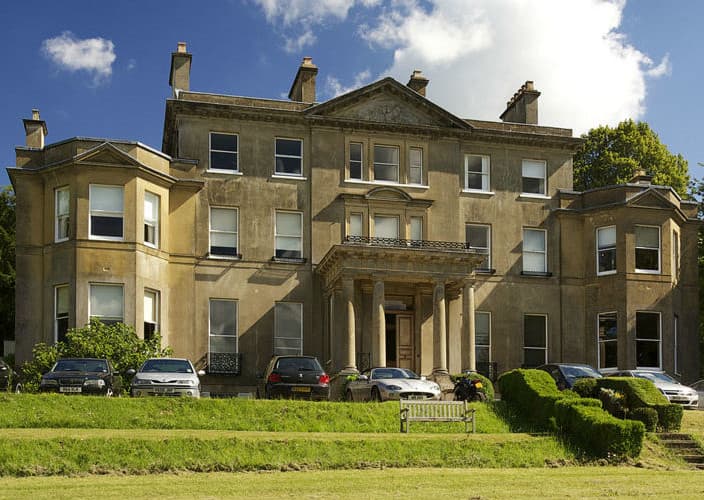Priorities for Drying Down Structures After Fire or Flood
There are a number of measures that are specified by H+R after massive water ingress into a structure subsequent to flooding or water ingress during and after the fire. These improve drying and reduce the time required before refurbishment and reoccupancy can occur.
The general principles are laid out below in order of priority. It is essential that the higher priority measures be undertaken before those lower down the list. Failure to do this will make the works undertaken at best ineffective and may even make them counter productive. H+R can provide detailed investigations and specifications for these measures to ensure cost-effective drying and early refurbishment in each case.
- Drain water clear of the structure and prevent further water penetration by the use of temporary roof and ground drainage systems, if required.
- Remove all damp materials and debris from the structure, including all damp furnishings, fittings, carpets, rubbish, damp infill and collapsed building materials.
- Demolish or otherwise remove all parts of the structure not to be retained on refurbishment. In particular, remove any damp plaster, masonry masses or floor infills.
- Provide through ventilation to all parts of the structure, including all structural cavities such as sub-floor voids, chimney stacks and wall cavities. Fix all doors, cupboards, hatches and windows in a partially open position.
- Identify all moisture reservoirs in the structure.
- Remove all impermeable finishes from moisture reservoirs, wherever possible. Strip all water and salt damaged plaster and finishes to expose structures behind.
- Detail refurbishment of building to include moisture sinks such as through ventilated dry lining systems, permeable or microporous finishes and structural heating systems so as to allow continued drying during and after refurbishment.
- Consider the installation of accelerated drying machinery, if required. The use of the high capacity desiccant dehumidifiers, tenting and fans is recommended, as specified by an independent specialist. Consider the use of heating and mechanical ventilation systems. Note that accelerated drying requires a lot of management time.
H+R have provided specialist advice after fire and flood for over 20 years to property owners, insurance companies and loss adjusters, including The Royal Household at Windsor Castle.
Get in Touch with H+R
For more information contact our team on 01483 203221 or request a call back by clicking on the button below.
Testimonials

I have known and seen work undertaken by Hutton+Rostron for over 20 years. I have always been impressed by their professional approach and depth of knowledge in the field of building surveys and pathology.
When it comes to seeking expert advice on the condition of the timber in an old building we turn to Hutton+Rostron whom we know we can rely upon to give a thorough and efficient appraisal which we can then use to develop the scope of the repairs.
We have worked with Hutton + Rostron over many years now, and find them knowledgeable, professional, helpful and practical. They understand both the needs of historic buildings and the forces driving their alteration, which means that their expert advice is always framed in a suitable way. We greatly enjoy our relationship with them, and look forward to many more years of collaboration.
H+R have provided a great service; I’m particularly happy with the high level of technical knowledge of their staff and willingness to take time to explain what they are doing and why. I thoroughly recommend them.
Squire and Partners have worked closely with Hutton + Rostron on a number of projects, including the UNISON Headquarters and 74 St James’s Street.
We have been impressed by their depth of knowledge of historic buildings and look forward to working with them again in the future.
Having worked as Project Manager on a number of high-value, listed houses, there is in my opinion clear benefit and value to a project in having H+R on board at the earliest stage possible.
Understanding the hidden condition of a historic building is crucial in making accurate budget and programme estimations. Hutton + Rostron provide an unrivalled service in this sector allowing us to make informed decisions and mitigate the risks of historic building fabric before they materialise. Hutton + Rostron have provided input on a number of Walton Wanger projects, providing us with a range of environmental investigations, which have enabled the design process and contract negotiations to be more accurate and more robust.
Hutton + Rostron and Sandberg have enjoyed a long standing and valued professional relationship and expect this to continue and develop in the future. Our work together ranges from the routine to the quirky, with the latter often being the most fascinating and therefore enjoyable!
Now that we have reached the end of the works at Great Portland Street, I would like to thank you and your team for all your efforts. The reports on existing condition provided by the team at Hutton + Rostron were invaluable and helped us de-risk the project for GPE. Equally your assistance throughout the project where unforeseen issues arose was gratefully received.
A full service through pre-construction, construction and early occupation.
